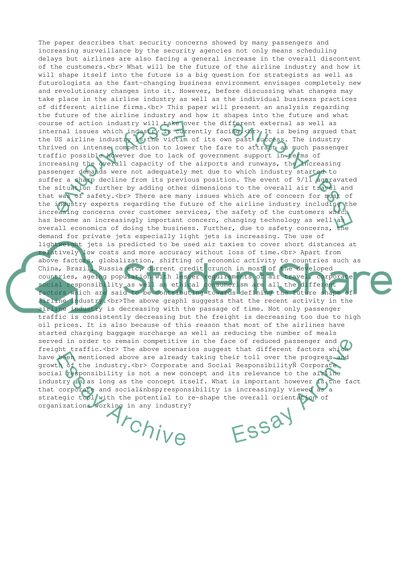Cite this document
(Commercializing Aviation Fuel from Algae Term Paper, n.d.)
Commercializing Aviation Fuel from Algae Term Paper. Retrieved from https://studentshare.org/management/1521064-the-future-of-airlines
Commercializing Aviation Fuel from Algae Term Paper. Retrieved from https://studentshare.org/management/1521064-the-future-of-airlines
(Commercializing Aviation Fuel from Algae Term Paper)
Commercializing Aviation Fuel from Algae Term Paper. https://studentshare.org/management/1521064-the-future-of-airlines.
Commercializing Aviation Fuel from Algae Term Paper. https://studentshare.org/management/1521064-the-future-of-airlines.
“Commercializing Aviation Fuel from Algae Term Paper”, n.d. https://studentshare.org/management/1521064-the-future-of-airlines.


